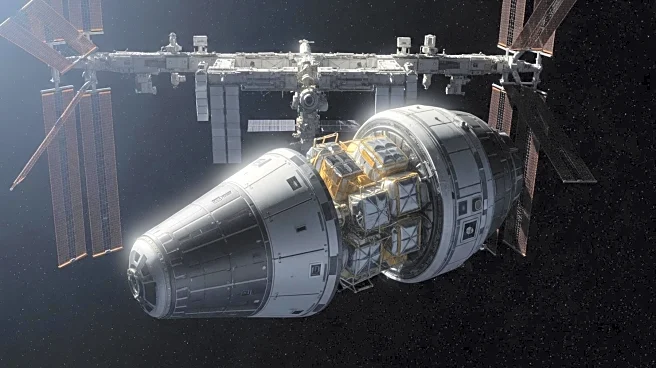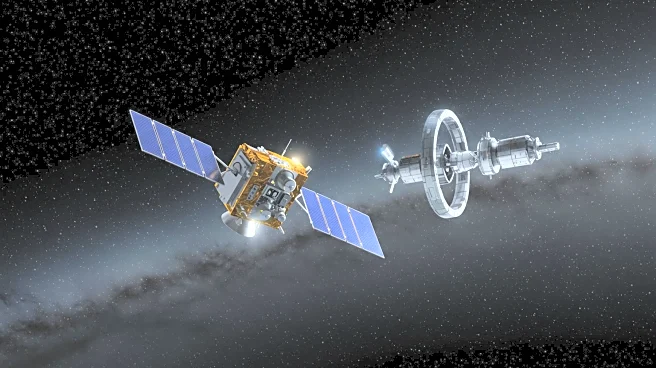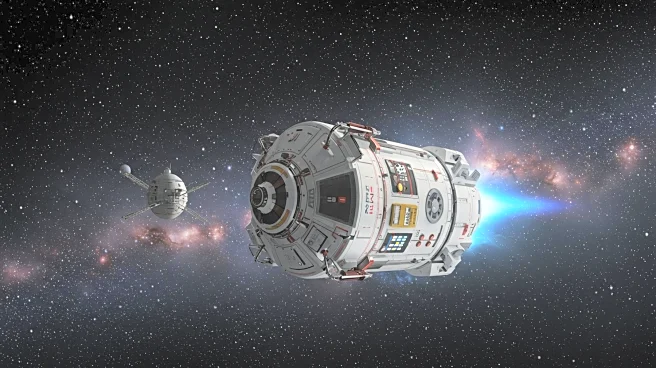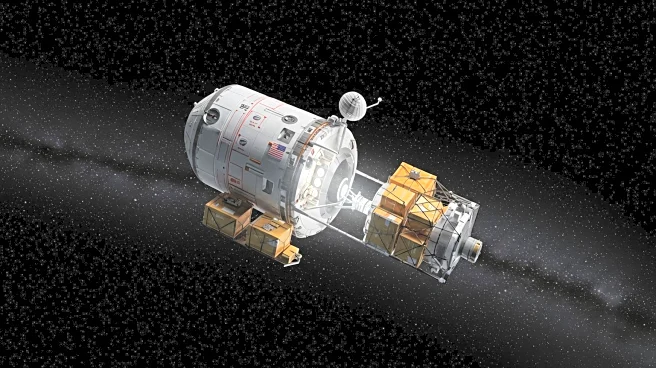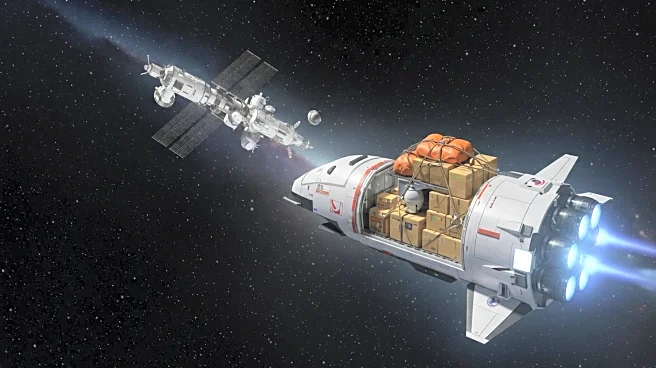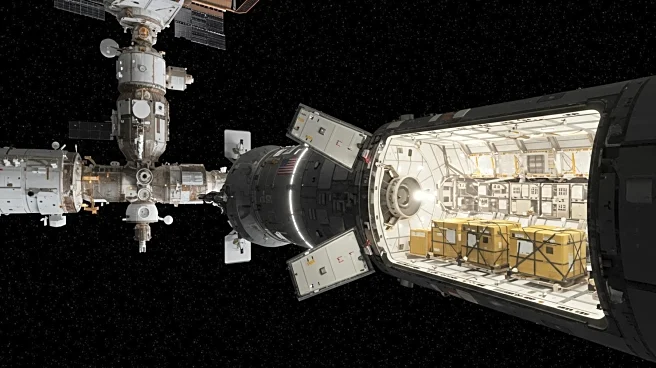What's Happening?
The Gemini VI and VII missions were pivotal in NASA's space exploration history, marking significant advancements in human spaceflight. Originally, Gemini VI was scheduled to launch first, but due to a failed attempt involving the Agena vehicle, the mission was scrubbed. Consequently, Gemini VII was launched ahead of Gemini VI, with the latter eventually launching while Gemini VII was still in orbit. This sequence allowed for a unique rendezvous in space, a critical test for future missions. Gemini VII's primary objective was to demonstrate human endurance in space, with astronauts Frank Borman and Jim Lovell spending 14 days in orbit. The mission also served as a target for Gemini VI's rendezvous, proving the feasibility of such maneuvers in space.
Why It's Important?
The Gemini VI and VII missions were crucial in establishing the United States' capabilities in space rendezvous and long-duration human spaceflight, both essential for the subsequent Apollo missions. The successful rendezvous between Gemini VI and VII demonstrated the ability to perform complex maneuvers in space, a necessary skill for lunar missions. Additionally, Gemini VII's endurance test provided valuable data on human physiological responses to extended periods in space, informing future mission planning and astronaut health protocols. These missions contributed to the U.S. gaining a competitive edge in the space race against the Soviet Union, reinforcing NASA's position as a leader in space exploration.
What's Next?
Following the success of the Gemini VI and VII missions, NASA continued to refine its spaceflight capabilities, leading to the Apollo program's eventual success in landing humans on the moon. The lessons learned from these missions regarding rendezvous techniques and human endurance in space were integrated into the planning and execution of Apollo missions. The experience gained also paved the way for future long-duration missions, such as those conducted on the International Space Station, where astronauts routinely spend extended periods in orbit.
Beyond the Headlines
The Gemini missions highlighted the intense competition of the space race era, where technological advancements were driven by geopolitical factors. The focus on beating the Soviets underscored the missions' strategic importance beyond scientific discovery. Additionally, the missions showcased the human element of space exploration, with astronauts like Frank Borman prioritizing the race over personal achievements, reflecting the era's mindset. The missions also demonstrated the collaboration between military and civilian sectors, as many astronauts had military backgrounds, contributing to the program's success.





